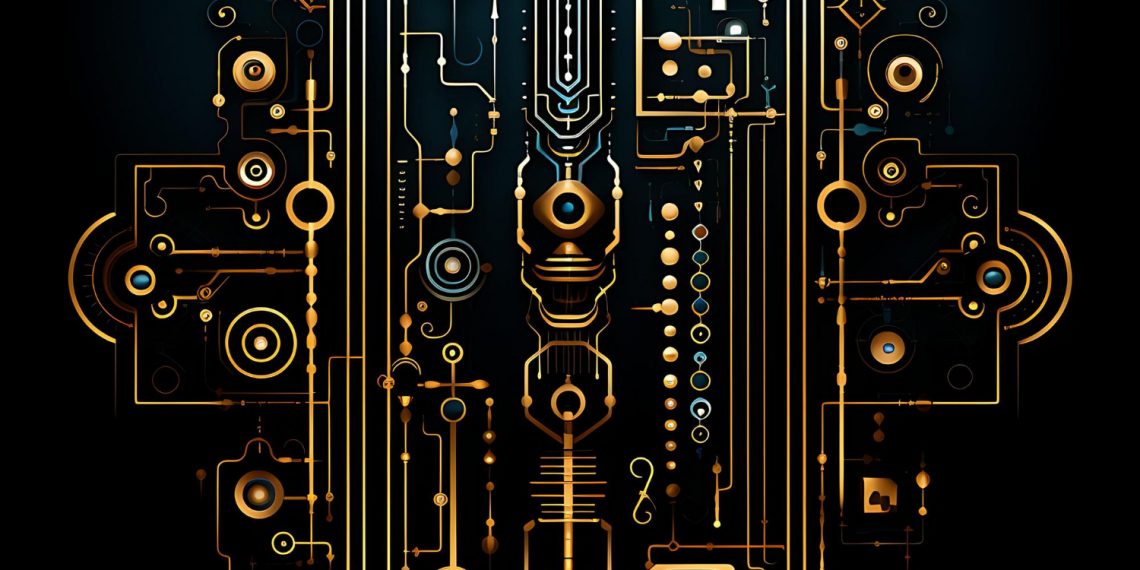In the era of rapid technological evolution, electronic design stands as a critical pillar supporting the advancement and functionality of countless devices and systems. From the smartphones in our pockets to the sophisticated systems in automobiles, electronic design is integral to the development of modern technology. This article delves into the multifaceted world of electronic design, exploring its processes, importance, and the challenges it faces.
Understanding Electronic Design
Electronic design encompasses the creation and development of electronic circuits and systems. This process involves several stages, including conceptualization, schematic design, PCB layout, simulation, prototyping, and testing. Each stage plays a vital role in ensuring the final product meets the required specifications and performs reliably.
Key Stages in Electronic Design
- Conceptualization and Requirements Gathering: The journey of electronic design begins with a clear understanding of the project requirements. Designers work closely with stakeholders to define the desired functionality, performance parameters, and constraints of the electronic system.
- Schematic Design: Once the requirements are established, designers create a schematic diagram. This diagram serves as a blueprint, detailing the electrical connections and components required for the system. Advanced design software is used to simulate and validate the schematic, ensuring it meets the desired specifications.
- PCB Layout Design: Following the schematic design, the next step is to design the layout of the printed circuit board (PCB). This involves placing components and routing electrical connections on the board. The layout must consider factors such as signal integrity, thermal management, and manufacturability to ensure optimal performance.
- Simulation and Verification: Before moving to physical prototyping, the design undergoes extensive simulation. Simulation tools help identify potential issues, such as electrical interference or thermal hotspots, allowing designers to make necessary adjustments early in the process.
- Prototyping: With the design validated through simulation, a physical prototype is created. Prototyping is crucial for testing the design in real-world conditions and making any further refinements.
- Testing and Validation: Rigorous testing is conducted on the prototype to ensure it meets all specifications and performance criteria. This phase includes functional testing, stress testing, and compliance testing. Any identified issues are addressed to guarantee the final product’s reliability.
- Production and Quality Assurance: Once the design is fully validated, it moves into production. Quality assurance processes are implemented to ensure consistency and reliability across all units produced. Regular inspections and testing help maintain high standards throughout the production run.
The Importance of Electronic Design
- Innovation and Technological Advancement: Electronic design is at the heart of innovation. It enables the creation of new devices and systems that push the boundaries of what is possible, driving progress across various industries.
- Enhanced Performance and Efficiency: Well-executed electronic design ensures devices operate efficiently and effectively. Optimized designs lead to better performance, lower power consumption, and improved overall functionality.
- Reliability and Durability: High-quality electronic design is essential for the reliability and durability of devices. This is especially important in critical applications such as medical devices, automotive systems, and aerospace technology, where failures can have severe consequences.
- Cost Efficiency: Effective electronic design can significantly reduce production costs. By optimizing the design for manufacturability, companies can minimize material waste, streamline production processes, and achieve economies of scale.
- Market Competitiveness: Innovative and reliable electronic designs can provide a significant competitive advantage. Unique features and superior performance can attract customers and differentiate products in a crowded market.
Challenges in Electronic Design
Despite its importance, electronic design is not without challenges:
- Complexity of Modern Systems: Today’s electronic systems are increasingly complex, requiring sophisticated design techniques and tools. Managing this complexity while ensuring reliability and performance is a significant challenge.
- Integration with Other Technologies: Electronic design must often integrate with other technologies, such as software and mechanical components. Ensuring seamless interaction between these elements requires careful planning and coordination.
- Rapid Technological Changes: The fast pace of technological advancements means that electronic designs can quickly become outdated. Designers must stay updated with the latest technologies and continuously innovate to remain competitive.
- Regulatory Compliance: Many industries have stringent regulatory requirements that electronic designs must meet. Ensuring compliance with these standards adds an additional layer of complexity to the design process.
Conclusion
Electronic design is a cornerstone of modern technology, driving innovation and enabling the development of advanced electronic devices and systems. Through a meticulous process of design, simulation, prototyping, and testing, electronic designers create reliable, efficient, and high-performing products. Despite the challenges, the impact of effective electronic design on technological progress is undeniable. As technology continues to evolve, the role of electronic design will remain crucial in shaping the future of our world.






